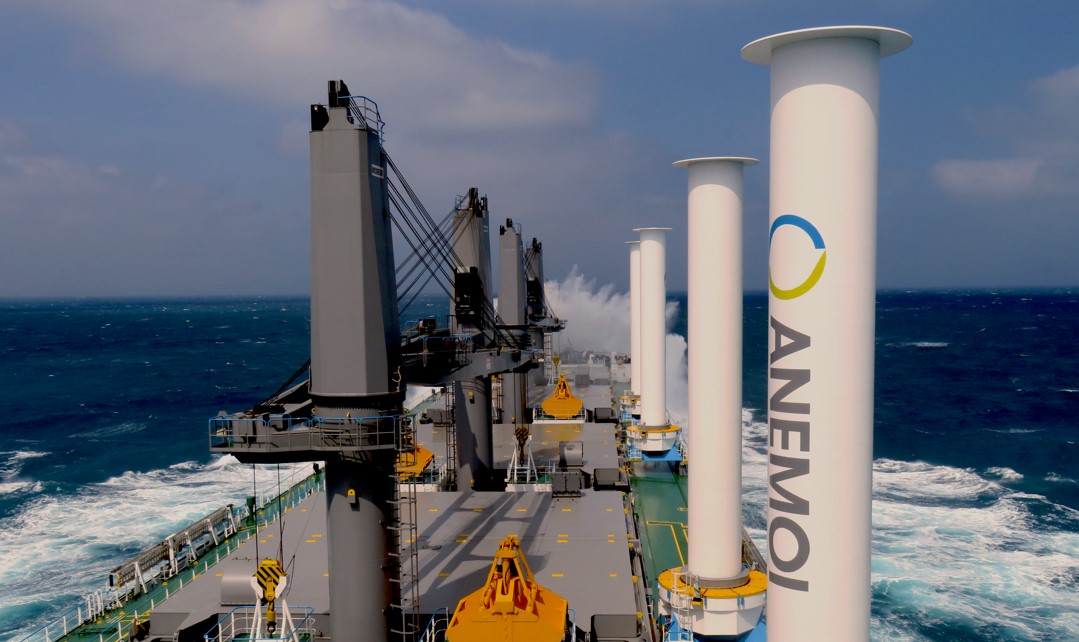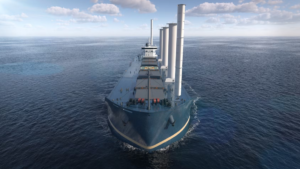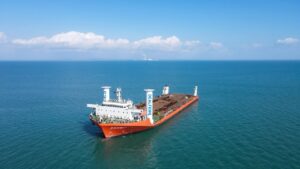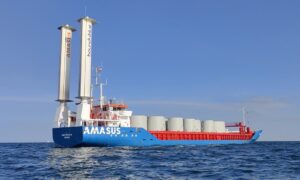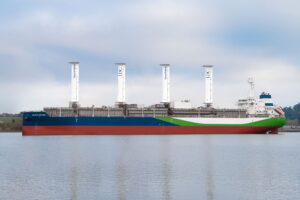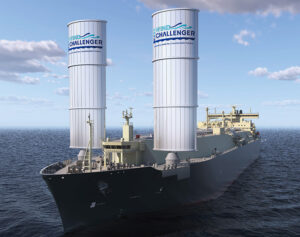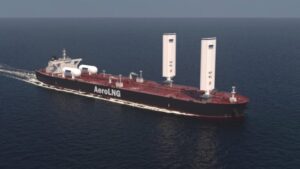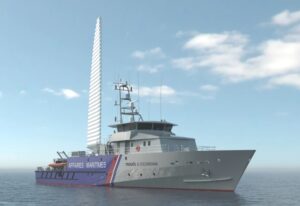Wind measurements key to improving wind-assisted propulsion
Local wind measurement tops the priority agenda of wind-assisted ship propulsion manufacturers as the key requirement that would enable the companies to further optimize their solutions.

A survey conducted jointly by Finish measurement technology company Vaisala and the International Windship Association (IWSA) earlier this year shows that 80% of the survey respondents belive that the local wind measurement is “Important” and 20% as “Very important” for the optimal performance of their wind propulsion technology.
The survey targeted companies active in the marine wind propulsion sector, with the aim of better understanding current challenges and future needs in wind observation and optimization technologies on wind-assisted/propulsion-based vessels.
As explained, wind measurements, including sensors and wind lidar, help with route and system optimization, safety, emergency shutdown, optimization and automatic system start and stop.

The survey shows that the majority of the respondents (60%) use weather forecasts in the optimization of their wind propulsion technology, and 60% of respondents think that weather forecasts and local wind observations are equally important for the optimization of their wind propulsion technology.
Some of the key challenges in wind measurement and optimization related to wind propulsion system optimization were mentioned as:
- Masking effect (blockage from ship structures or cargo) makes it necessary to install several sensors
- Turbulence, wind direction shifts, and varying wind speed caused by ship structures can lead to inaccurate sensor data and reduced system efficiency
- Ship structures and waves can impact measurement stability
- Optimal weather routing solutions are scarce
All of the survey respondents also regard measurement of other weather and environmental parameters in addition to wind speed and direction important for system optimization, with the following parameters mentioned:
- Temperature
- Humidity
- Precipitation/rain
- Waves
- Current
In general, survey respondents think that key challenges with the existing wind sensors in vessels:
- Do not provide high-quality, reliable wind data
- Are placed in sub-optimal locations
- Cannot compensate for masking effects
- Require calibration and other maintenance
- Wear out too quickly from demanding offshore conditions
“As the Vaisala and IWSA survey showed, despite some challenges seen in the current wind sensing technologies, it is clear that accurate, reliable wind sensing is the most important input parameter for wind-based propulsion systems. As it’s in the core, it can be either the strongest or the weakest link of the total wind-assisted propulsion system playing an important role in helping to ensure wind-assisted propulsion is harnessed to its fullest potential,” Vaisala said.
Wind-assist and primary wind propulsion have great potential when it comes to decarbonizing the shipping industry, especially in the context of the EEXI and CII regulations coming into force next year as they can help vessels reduce fuel consumption and improve their carbon footprint.
The latest installations of wind propulsion technology on large commercial vessels have pushed the global cargo capacity of vessels that make use of wind as a renewable energy source over the one million tonnes of deadweight (dwt) milestone.
Related Article
-
Wind-powered cargo capacity surpasses 1 mln dwt milestone
Business Developments & Projects
Currently, twenty-one large commercial vessels have wind propulsion systems installed onboard. By the end of this year, IWSA estimates that wind propulsion technology will be installed on around twenty-five large commercial vessels, representing 1.2 million dwt.
Based on public announcements and shipyard orders made to-date, by the end of 2023, up to fifty large ships are expected to use wind as a renewable energy source with a combined tonnage of over three million DWT.
The figure is somewhat lower than the projections estimated two years ago when 40 vessels with wind power were expected to be on the market by the end of 2022.
According to IWSA Secretary General Gavin Allwright the slower uptake of the technology can be ascribed to the pandemic which has delayed projects across the board amid logistical challenges as well as regulations delays in the EU and at the IMO level prolonging the uncertainty in the market.

